Medieval knights were among the celebrities of their day – warriors, leaders, and scholars. They became figures of romance and inspiration, giving them a special status in our imaginations.
Here are seven of the most famous men who gave knighthood its allure.
William Marshal (1146-1219)
Described as ‘the greatest knight that ever lived’ by Archbishop Stephen Langton, William Marshal rose from minor nobility to become the most respected knight in England. After embarrassing himself with hot-headed behaviour at his first battle at the age of twenty, he joined the glamorous French tournament circuit, becoming a popular combatant. Following the death of his close friend Henry, son of King Henry II, Marshal went on crusade in his friend’s memory.
On returning to England, Marshal fought for Henry II, helped rule the country in Richard I’s absence, and was a signatory to Magna Carta during the rebellion against King John. Following John’s death in 1216, Marshal became the protector of the young Henry III. Aged 70, he took the field at the Battle of Lincoln, defeating the combined rebellion and French invasion threatening the young king. On his deathbed, he was made a member of the Knights Templar and buried in the Temple Church in London.
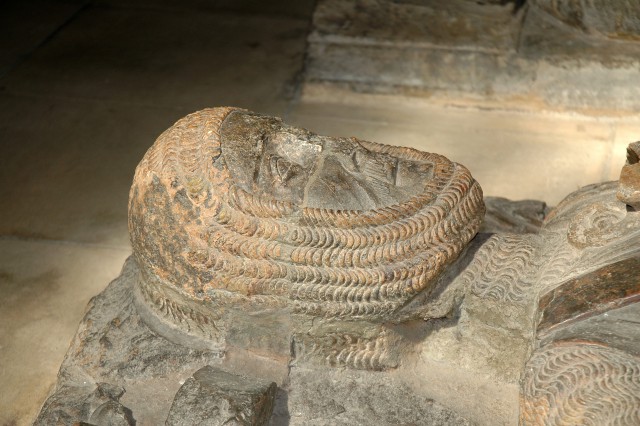
Geoffroi de Charny (1300-1356)
A French nobleman, Sir Geoffroi de Charny was known by many as ‘a true and perfect knight’. He was also a scholar of knighthood, writing at least three books on the subject. His Book of Chivalry remains one of the most important sources on 14th century knightly behaviour.
Fighting against the English in the Hundred Years’ War, Charny was captured twice. Such was his reputation for honesty that he was let out of captivity to raise his own ransom.
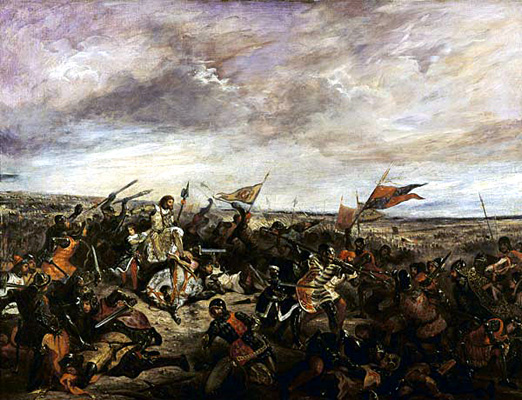
After fighting courageously in several important battles, Charny was killed in the front line at the Battle of Poitiers, carrying the Oriflamme, the French royal banner, to the last.
James Douglas (1286-1330)
James Douglas was only a child when his father died fighting alongside William Wallace against the English invasion of Scotland. Sent to Paris for his own safety, it was there that he learned the ways of knighthood. On his return to Britain, he found King Edward I unwilling to restore his family’s lands, and so joined Robert the Bruce in the successful first Scottish war of Independence.
A leading fighter in the Scottish guerrilla war, Sir James captured Douglas and Roxburgh Castles (1307 and 1314) and fought in the famous Scottish victory at Bannockburn (1314). He became one of Bruce’s closest companions, and was known by the English as the Black Douglas.
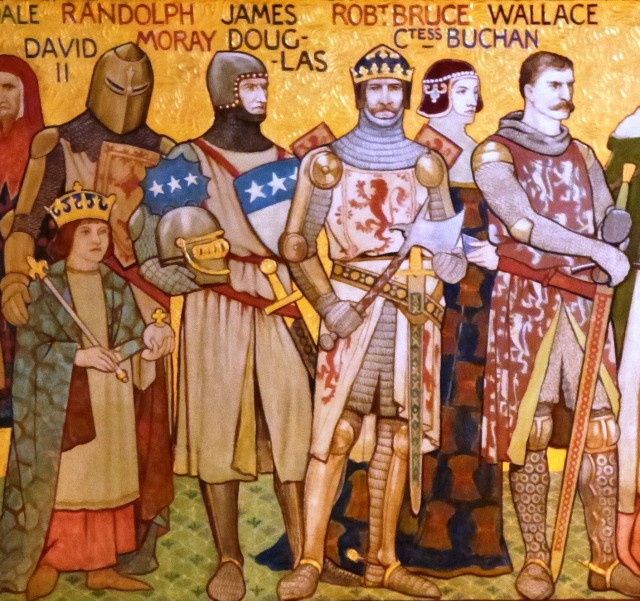
When Bruce – now King Robert I – died in 1329 he asked Sir James to take his heart to Jerusalem. Diverted to a crusade against the Saracens in Spain, Douglas saw a fellow knight become surrounded at the Battle of Teba. Throwing Bruce’s heart ahead of him, he charged into the thick of the fighting and died a warrior to the last.
Sir Henry Percy (1364-1403)
The Percy family were one of the most powerful in northern England. Throughout the 14th and 15th centuries, this part of the country was plagued by violence, including local feuds, Scottish raids and even rebellions. Sir Henry Percy, known as Hotspur, became a part of this.
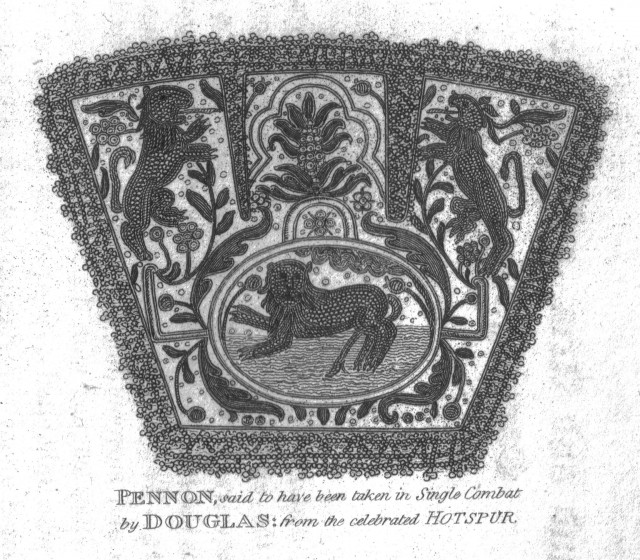
Knighted at the age of 13, Hotspur fought in his first battle only a year later, helping to capture Berwick Castle. He proved an excellent warrior and leader, famed for his skill and courage in tournaments, on crusade in Prussia, in England’s wars with France and in fighting Scottish border raiders.
Hotspur helped put the rebel Henry Bolingbroke on the throne as King Henry IV in 1399. But the two then fell out. Hotspur himself rebelled in 1403, and was killed in battle by royal forces at Shrewsbury. The King wept for his friend’s death, but displayed his head on a pole as a warning to other traitors.
Tancred of Hauteville (1075-1112)
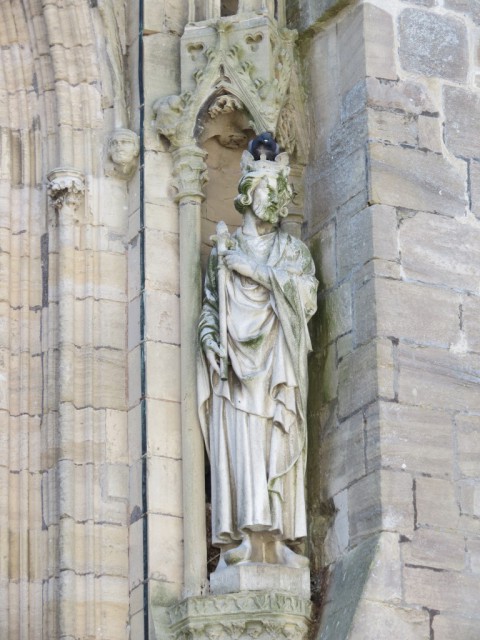
A Norman lord from southern Italy, Tancred joined the First Crusade alongside his uncle Bohemond of Taranto. The First Crusade was the closest the crusaders ever came to taking the Holy Land, and Tancred was one of its leading lights. His courage, his leadership, and his political skill allowed him to carve out lands for himself in the conquered territory, becoming the first Prince of Galilee and regent of Antioch. Over the next decade, he reinforced his position, while his reputation as a knight spread across Europe and down the ages. He died of typhoid, but his legend lived on through Radulph of Caen’s Gesta Tancredi.
Sir John Chandos (?-1370)
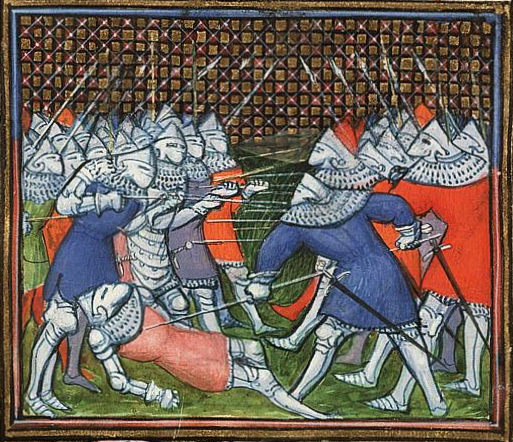
A Derbyshire knight of Norman descent, Sir John Chandos first came to fame for defeating a French squire in single combat at the siege of Cambrai in 1339. He became a leading figure at the court of the English King Edward III, and a close companion of the King’s son and heir Edward, the Black Prince.
Famed as a courteous and civil man, Chandos was a leading English diplomat in negotiations with the French. He was seen by some as the best hope for peace. But like any knight of the time he was also a formidable warrior. He met his death in battle – fatally injured on New Year’s Eve 1369, he died the next day, mourned by enemies as well as friends.
Edward of Woodstock, The Black Prince (1330-1376)
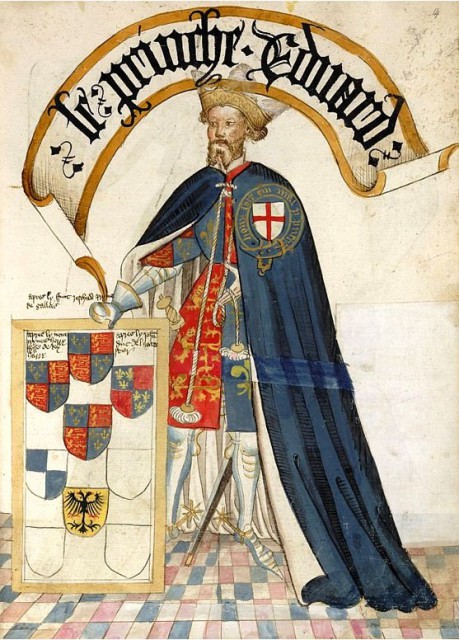
The eldest son of King Edward III of England, Prince Edward of Woodstock is one of the great ‘what if’ figures of medieval history.
Edward’s introduction to the reality of knighthood was a dramatic one. At the age of 16 he was in the vanguard of the English army at the Battle of Crécy, where he took part in desperate fighting and became a hero to his fellow countrymen. Ten years later, he led the English at Poitiers, and so was involved in two of the three greatest English victories of the Hundred Years’ War.
Given control of English lands in France, Edward became a statesman as well as a paragon of chivalry. He seemed set to become one of England’s greatest kings, but he caught dysentery and died a year before his father, a great life cut short.
